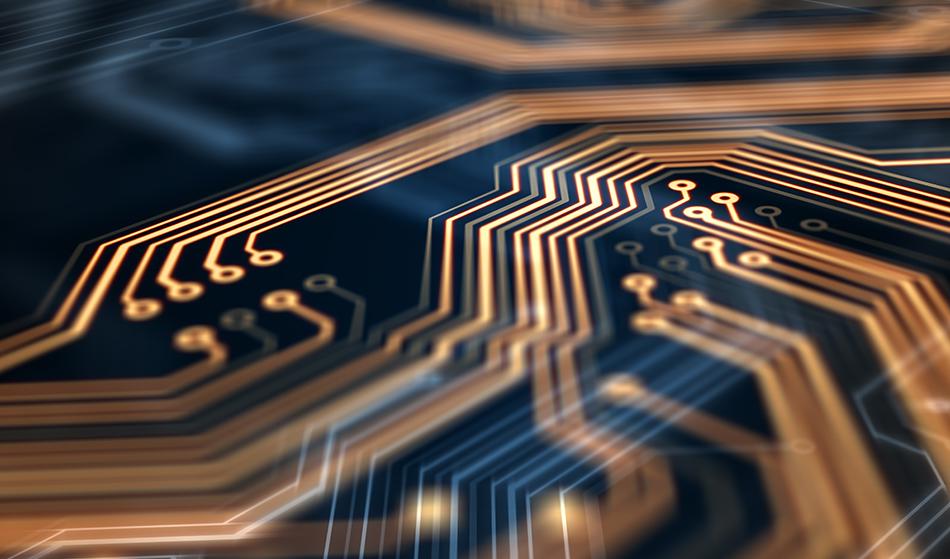The electronic and optical properties of transition metal dichalcogenides (TMDCs) monolayers are largely determined by their bound excitons. These bound excitons, which function properly at normal temperature, are naturally present as a single layer. However, when present in a bilayer structure, a strong spin-layer locking property arises.
To further the understanding of this phenomena, a group of researchers from the University of Munster in Germany discovered the presence of interlayer excitons within this structure, and how these excitons could play a role in determining the electronic and optical properties of semiconductors.

jivacore/Shutterstock
Establishing Ways to Study Semiconductor Phenomena
Researchers have proposed that elucidating the role of interlayer excitons in semiconductors could provide a great deal of knowledge regarding the numerous physical phenomena of these devices. For example, Bose-Einstein condensation, high-temperature superfluidity, dissipationless current flow, and light-induced exciton spin Hall effect have all been proposed as potential mechanisms by which interlayer excitons exert their effects.
Currently, the experimental evaluation of interlayer excitons has been limited to its presence in coupled GaAs quantum wells at cryogenic temperatures. By investigating the properties of interlayer excitons that can exist at both elevated and room temperature, the researchers in the study discussed utilized transition metal dichalcogenides (TMDCs).
Methodology
In the current work, magneto-reflectance contrast spectroscopy was conducted under high magnetic fields and GW-BSE ab initio calculations to determine the presence of interlayer excitons within bulk van der Waals semiconductors. To this end, an optical fiber-based low-temperature probe was placed within a 50-millimeter (mm) diameter bore of a resistive magnet to allow for micro-magneto-reflectance (µRC) measurements to be obtained.
Once inside the magnet, magnetic fields of up to 29 T were generated. Unpolarized light was then used for excitation of the sample, which was located on x-y-z piezo-nanopositioners. The light that reflected from the sample was then circularly polarized through the use of both a quarter wave plate and polarizer. All polarized light was collected and detected with a monochromator. Various density functional theory calculations were used to approximate the self-energy and determine the lattice structure of the samples.
Results
The interlayer excitons within the bulk van der Waals semiconductor 2H-MoTe2 were found to exhibit strong localization and spin-valley coupling of the charge carriers. These properties were further characterized by the establishment of positive g-factors, which exhibited an opposite sign and significantly greater diamagnetic shift as compared to that which is expected for intralayer excitons. The GW-BSE calculations performed in this study found that similar to MoTe2 semiconductors, bulk MoSe2, and MoS2 materials are also home to interlayer excitons.
Conclusion
The research discussed here found that a combination of high-field magneto-reflectance experiments with GW-BSE calculations was sufficient in establishing the features of 2H-MoTe2 bulk van der Waals semiconductor material. By correlating the function of positive g-factors in TMDCs, further studies can be used to further elucidate the mechanisms behind the physical phenomena of these materials when present at higher temperatures.
References
- Arora, A., Druppel, M., Schmidt, R., Dielmann, T., Schneider, R., et al. (2017). Interlayer excitons in a bulk van der Waals semiconductor. Nature Communications 8(639). DOI: 10.1038/s41467-017-00691-5.
The work discussed in this study was supported by the Alexander von Humboldt Foundation, the European Research Council and the EC Graphene Flagship project.
Disclaimer: The views expressed here are those of the author expressed in their private capacity and do not necessarily represent the views of AZoM.com Limited T/A AZoNetwork the owner and operator of this website. This disclaimer forms part of the Terms and conditions of use of this website.